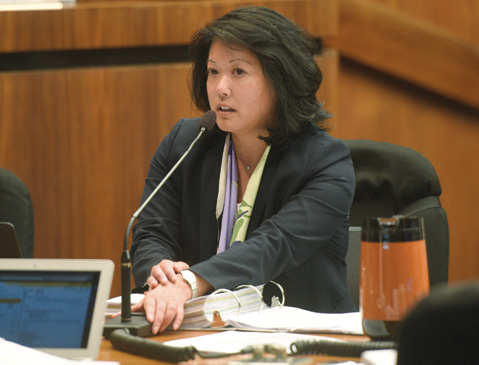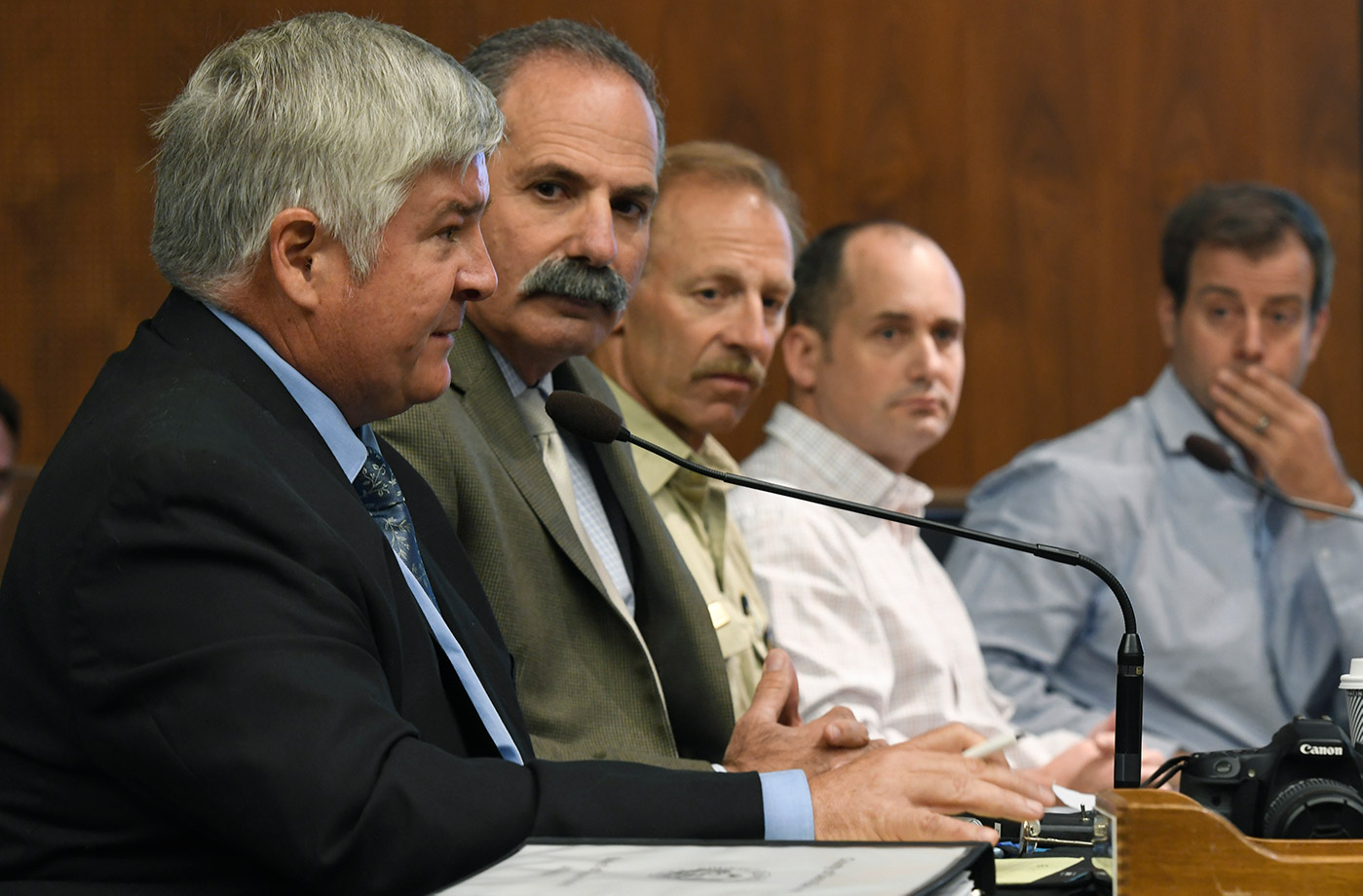Who Was Responsible for Approving the 1/9 Debris Flow Evacuation Boundaries?
County Officials Give Changing and Conflicting Answers

It’s a simple question that defies an easy answer: Who drew and who approved Montecito’s fateful evacuation boundaries before the 1/9 Debris Flow?
Ever since the disaster, county officials have insisted the Sheriff’s Office possessed the single-handed authority to both designate and enforce evacuation zones. This explanation, however, has never sat well with emergency managers inside and outside Santa Barbara, who’ve privately questioned its accuracy and suggested county government staff are attempting to downplay their role in the decision.
Mandatory evacuation orders were issued to Montecito residents living north of Highway 192; voluntary evacuation warnings were given to residents south of the highway. Nineteen people south of the line died when torrents of rock and mud ripped them from their beds in the middle of the night.
According to state law and Chapter 12 of Santa Barbara County’s own ordinance code, the ultimate authority in local disasters is the county executive officer (CEO), who in times of crisis chairs an advisory council of subject-matter experts such as fire chiefs, health officers, and flood control directors. The council provides recommendations, including for evacuations, to the CEO whose job it is to “make and issue rules and regulations on matters reasonably related to the protection of life, property, or environment,” the code states. The Sheriff then enforces those rules and regulations.
When asked about her authority over evacuations, Santa Barbara County CEO Mona Miyasato insisted she had none. “The CEO doesn’t have a role in evacuation orders,” she wrote in an email last week. “That is done by public safety personnel.” Miyasato had earlier requested a correction to a May 24 Independent report that stated she was the final county arbiter in major emergency decisions.
But when pressed on the point that the Sheriff would never have the necessary experience or expertise to accurately assess on his or her own the potential geographic impact of a weather-related natural disaster, Miyasato changed her explanation: “You are correct that evacuations are not typically done solely by law enforcement,” she said. “The Incident Command staff typically develops evacuation maps and law enforcement has the authority to implement them.”
In the case of evacuations before the 1/9 Debris Flow, Miyasato continued, the Incident Command team included representatives from the county’s Sheriff, Fire, and Flood Control departments ― Commander Kelly Moore, Montecito Fire Division Chief Kevin Taylor, and Deputy Director of Public Works Tom Fayram, respectively. At their 1:30 p.m. meeting on January 7, they came up with the recommendation to draw the mandatory evacuation line along Highway 192. The proposal was then discussed at a 3 p.m. meeting by a larger group of county “leaders” who reached a “consensus” for the Sheriff’s Office to implement the 192 boundary, Miyasato said.
County authorities have stated no official record of either of those meetings exists, save for a few brief pages of handwritten notes by Miyasato and Undersheriff Barney Melekian. Miyasato has very much remained out of the public eye throughout the debris flow lead-up and fallout, choosing not to speak during press conferences or community events.
“I understand that there is still great pain that everyone feels, including our staff,” Miyasato said in her email. “Reaching consensus was an essential part of these agencies tirelessly working together in the rescue, response, and now recovery.”

Rob Lewin, director of the county’s Office of Emergency Management, offered yet another explanation on the division of duties during an evacuation. He said county code and protocol didn’t apply to managing public safety before the debris flow because authorities were attempting to prepare for a disaster, not respond to one. “Beforehand, there is no incident,” he said. “There are only a few disasters in the world like that ― volcanoes, hurricanes, storms. They are distinctly different.”
Lewin agreed with Miyasato that the evacuation zone recommendation came from a group decision, but he insisted the buck still stopped with the Sheriff’s Office. “The ultimate decider in any evacuation in California is law enforcement,” said Lewin, citing state Penal Code Section 409.5. “They get to do that.” Lewin said it’s not unheard of for a rogue sheriff to refuse to enforce an evacuation order, or conversely, to conduct an evacuation without the consent of local officials. “You might have a really strong sheriff, and they can break from the recommendation,” Lewin said.
Sheriff Bill Brown relied heavily on his subordinates ahead of the debris flow. While he attended a January 2 emergency planning meeting, he instructed Commander Moore to represent him at a January 5 press conference and had Undersheriff Melekian sit in his stead during the January 7 meeting when the final lines were drawn.
Lewin described Miyasato as “just another voice at the table” during the deliberations. He also said, however, that she’s responsible for “managing the overall county operational area. She’s in charge of all that.”
As the county compiles its After Action Report on the 1/9 Debris Flow, a requirement by the state’s Office of Emergency Services, Miyasato said staff will take a hard look at what can be improved for the next disaster. “If there are organizational or process changes that need to be made, we welcome those,” she said.


